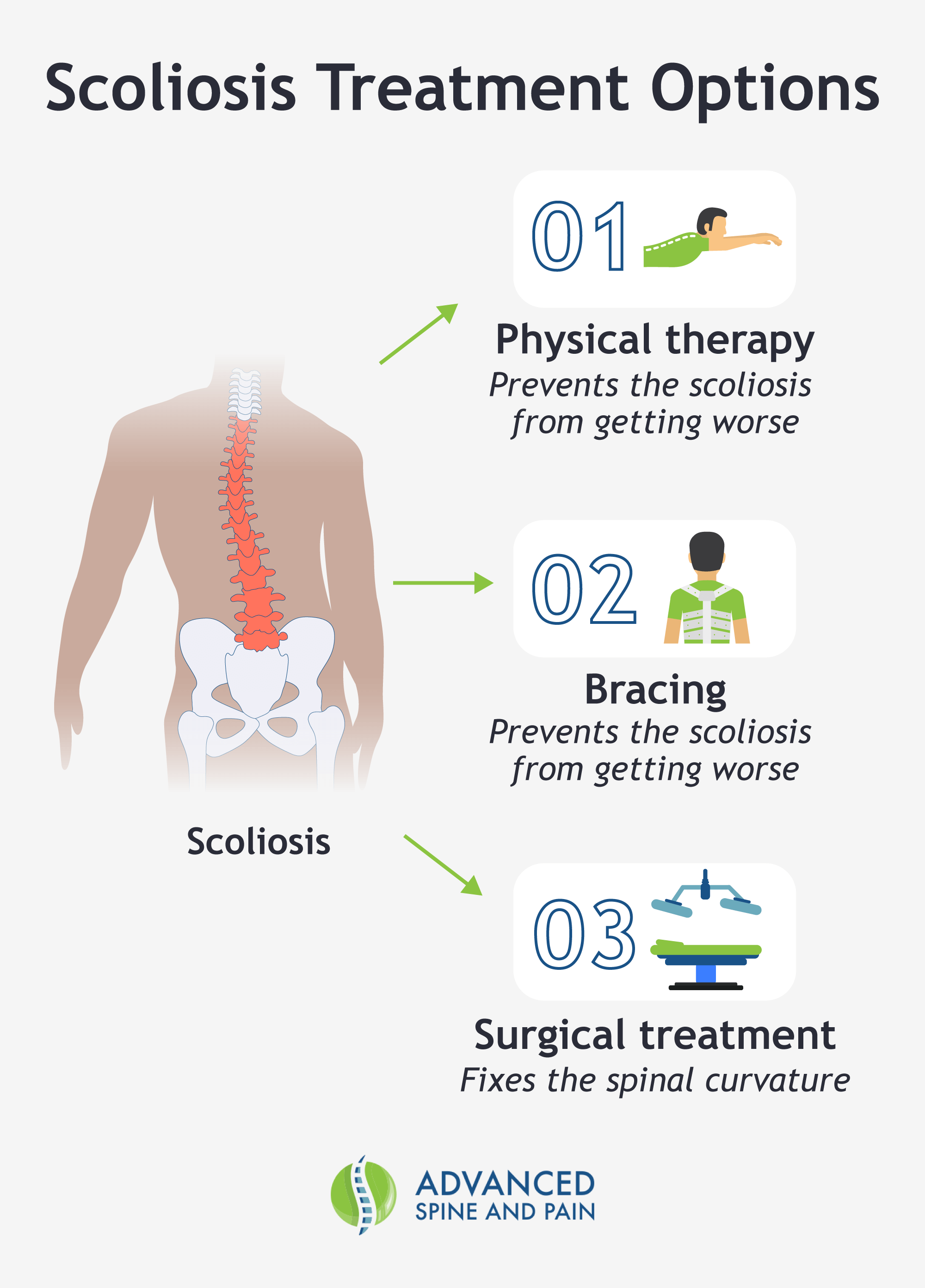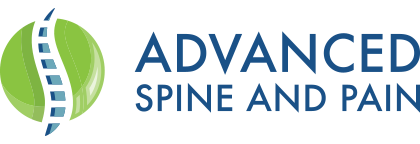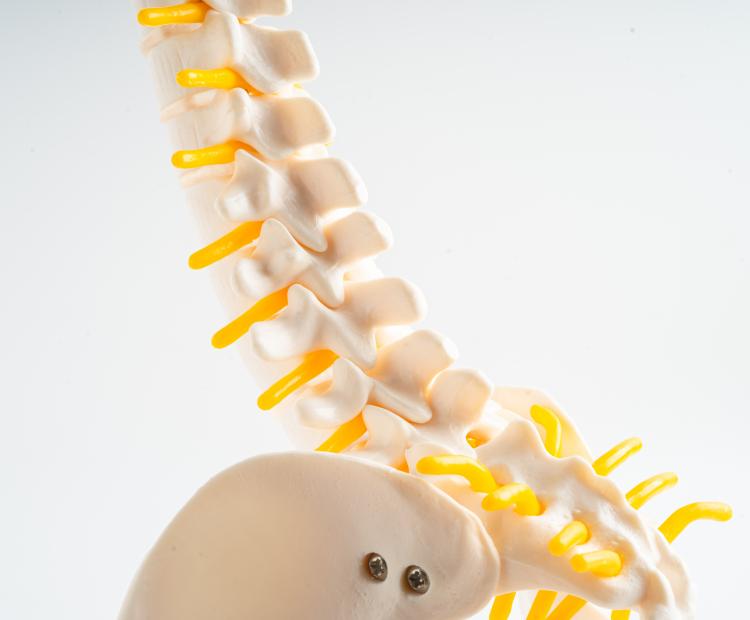Scoliosis, an abnormal curvature of the spine, can develop for various reasons. It often appears in adults as they age or due to arthritis. This leads many to wonder: can scoliosis be treated?
While there are many options for treating scoliosis and receiving pain relief, it is important to remember that every person’s condition is different. The best way to decide on the right course of action is to speak with a certified healthcare provider for a personalized treatment plan.
At Advanced Spine and Pain, our board-certified pain specialists have experience managing back pain due to many diagnoses, including scoliosis. Contact us online or call 480-573-0130
to learn more.
What is Scoliosis?
Although every spine has a natural curve, scoliosis causes the spine to be impacted by a sideways C or S-shaped alignment. This condition can lead to back pain.
Often, there is no clear explanation for why scoliosis develops. When this happens, it is referred to as idiopathic scoliosis. However, there are other known reasons for scoliosis development, including:
- Congenital scoliosis—when a person can simply be born with scoliosis
- Degenerative scoliosis—when adults develop scoliosis due to aging or conditions like arthritis
The spinal curve is measured in degrees. Any measurement greater than 10 degrees is diagnosed as scoliosis.1 Scoliosis can be further classified as mild (10-24 degrees), moderate (25-39 degrees), or severe (40 degrees or greater).
Can Scoliosis Be Fixed?
Before beginning any scoliosis treatment plan, patients should understand that there is no 100% cure for scoliosis. Depending on the degree of curvature, different treatments can help stabilize the spine or reduce the curve and help stop the progression of scoliosis. Pain management options can also effectively decrease back and nerve pain from scoliosis.
Can Mild Scoliosis Be Fixed?
In some cases, mild scoliosis may not need treatment, only monitoring. However, mild scoliosis can worsen. For example, degenerative scoliosis in adults progresses over time. 2 Although early treatment can help slow this progression, it does not cure even mild scoliosis.
What Are Some Treatments for Scoliosis?
A healthcare provider can explain different scoliosis treatment options based on diagnosis severity. These may include:
- Physical therapy
- Bracing
- Surgical treatment
In addition to slowing the progression of scoliosis, pain management is another important part of treating scoliosis. In cases where the spine misalignment is causing pinched nerves, pain can even radiate down the legs. To improve quality of life, some recommendations may include:
- Medications to treat pain
- Epidural steroid injections
- Nerve block injections
Can Scoliosis Be Fixed with Exercise?
Alternative treatments such as chiropractic care, acupuncture, and exercises like yoga and pilates may help reduce back pain from scoliosis. However, they are not proven to improve spinal alignment or prevent curve progression.3

Can Scoliosis Be Fixed Without Surgery?
Surgical treatment is often seen as a last resort for scoliosis. It is typically only turned to when the scoliosis is too severe or other treatment measures fail to help.4 Also, non-surgical treatment options are not seen as fixes to the condition. Treatments such as physical therapy and bracing are intended to stop the scoliosis from getting worse, not fix the spinal curvature.
If Scoliosis Can’t Be Fixed, What Are Some Scoliosis Self-Care Steps?
Along with treatment plans recommended by a healthcare provider, patients can focus on some simple self-care steps to help manage the discomfort from scoliosis. Some useful tips include:
- Regular exercise (as approved by a healthcare provider)
- Stretching
- Heat or cold therapy
- Epsom salt soaks
- Massage
- Meditation
- Maintaining good posture
- Joining a support group
- Using a supportive mattress
- Eating a healthy diet
- Avoiding heavy backpacks or bags that put a strain on the back
Want to Learn More About Managing Back Pain?
If you’re struggling with back pain due to scoliosis, the Advanced Spine and Pain team can help you evaluate your treatment options and design a treatment plan to help relieve pain and improve your quality of life. To schedule a consultation today, contact us online or at 480-573-0130
.
References
1. https://my.clevelandclinic.org/health/diseases/15837-scoliosis
2. https://doi.org/10.1016/j.inat.2019.100661
3. https://orthoinfo.aaos.org/en/treatment/nonsurgical-treatment-options-f….
4. https://newsnetwork.mayoclinic.org/discussion/mayo-clinic-minute-correc…
- Log in to post comments

